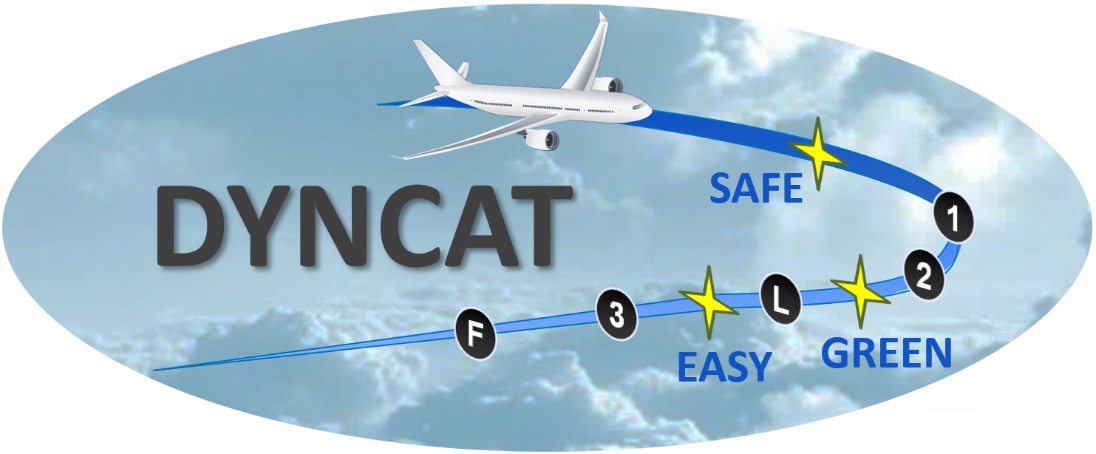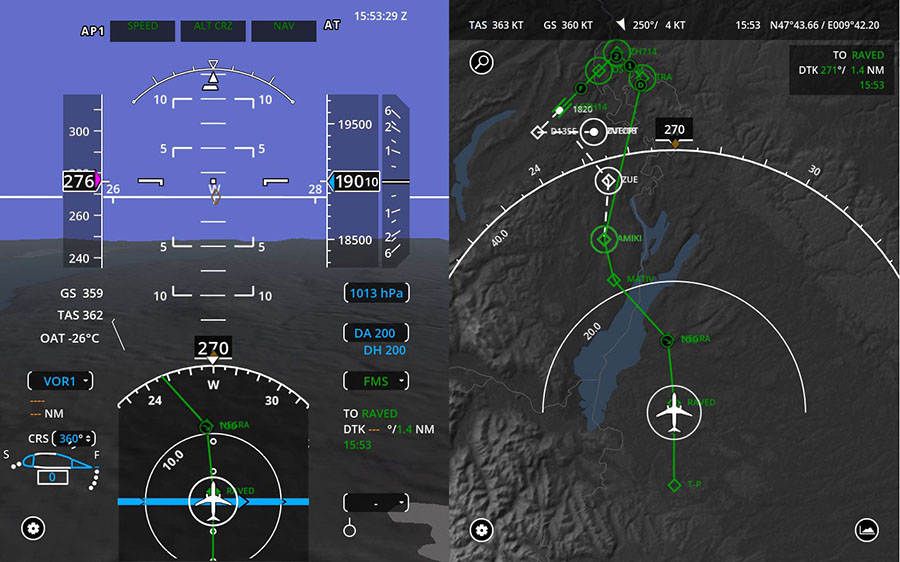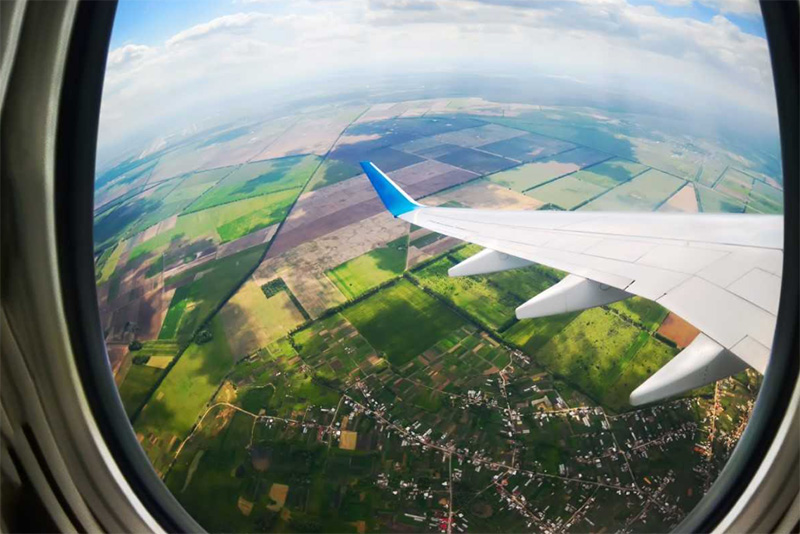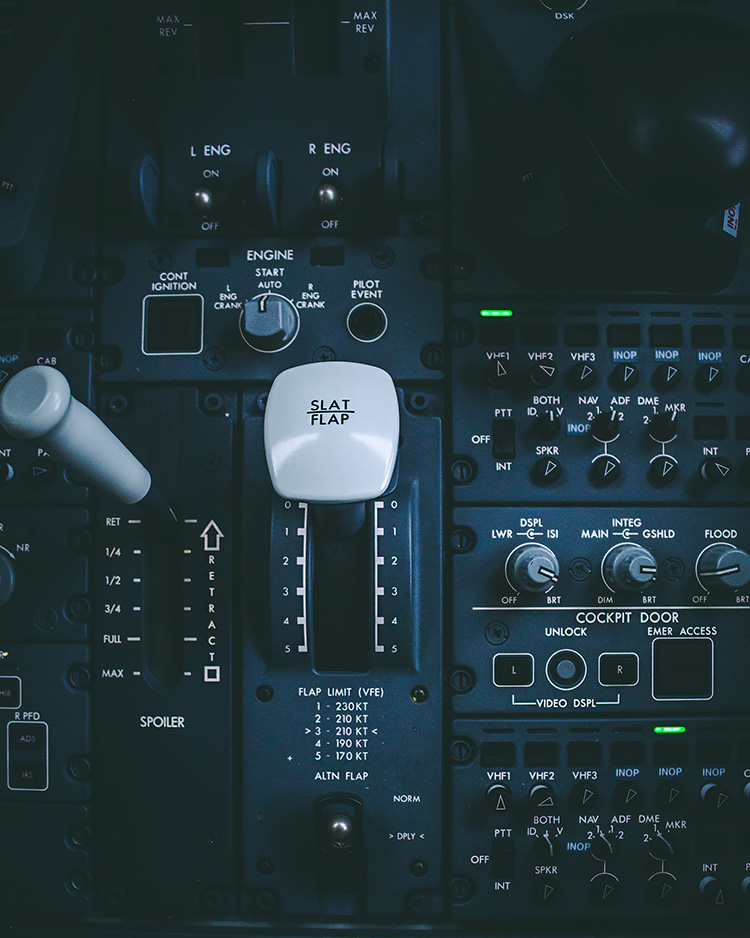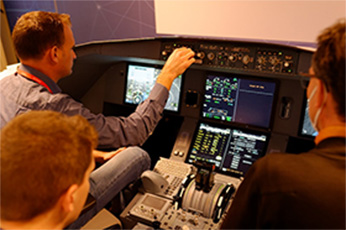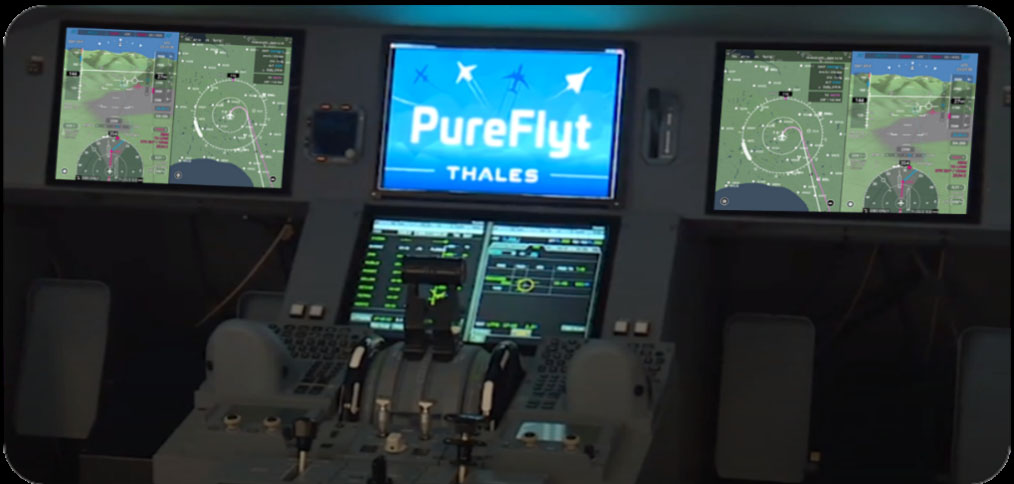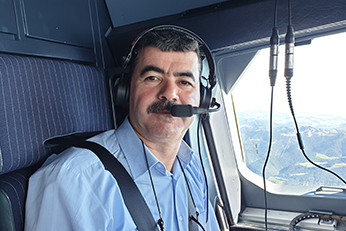DYNCAT - Dynamic Configuration Adjustment in the TMA
As pilots prepare for descent, they need to configure the aircraft for landing (extending flaps, slats, and landing gear) depending on many parameters, including aircraft performance, configuration and weather, and reduce speed prior to touchdown. Flying an energy-efficient approach and descent profile relies on a better flow of information between the pilot and ground controller and improved sharing of predictive capabilities onboard the aircraft.
DYNCAT identified the potential to improve the current situation based on integrated real-world data from all relevant sources. The project developed an operational concept that addresses both ground and airside by introducing novel pilot support functions and supportive tools that reduce pollution and noise in the terminal maneuvering area (TMA). DYNCAT’s new flight management system (FMS) functionality - supporting the flight crew in energy and configuration management - was evaluated in piloted real-time simulations on an industrial test bench. It showed promising operational and environmental improvements, including reduced CO2 emission and noise footprint, with the only requirement on air traffic control to transmit a distance-to-go or indicated time of arrival.
DYNCAT also recommended adjustments to the overall ecosystem that sets the course for more environmentally friendly and more predictable flight profiles, the latter benefitting reliability of ATM planning and thus supporting a virtuous circle. The solution provides the capability to make individual trade-offs between fuel consumption and noise footprint, for example for certain arrival routes or time windows, and applies to any FMS-equipped fixed-wing aircraft. Further development and industrialization of the solution could provide more cost-efficient operations for airlines and at the same time noise mitigation for residents in the surrounding airport area.
Benefits
- Reduced fuel consumption, noise, and CO2 emissions
- Improved predictability, increased pilot awareness
- Highlights regulatory changes needed

